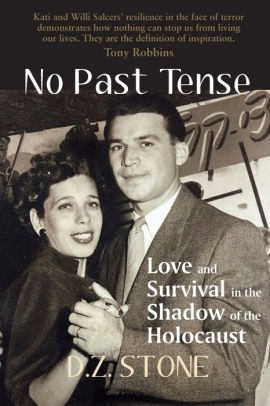By
– December 21, 2011
Four miles east of the Auschwitz I main camp, the SS, at the urgent request of I.G. Farben and other German manufacturers, built Auschwitz III (also called Buna or Monowitz), a slave labor camp designed to produce synthetic fuels and rubber for the German war effort. At its peak Buna “employed” 5,000 slave laborers, mostly Jews from Germany, Austria, Poland, and the Netherlands, among eight other countries. The Jewish work force was augmented by several hundred British prisoners of war, including Corporal Denis Avey, who had been captured in early 1944 and transported to the Buna camp, where he was forced to work on several I.G. Farben projects
Like other British POWs at Buna, Avey was treated fairly well. Still, the British prisoners found themselves “toiling daily alongside a separate group of starved Jewish wretches.” Determined to learn more about the conditions of the Jewish prisoners, Avey developed a plan to swap places, overnight, with a Jewish inmate. On two occasions Avey experienced first hand the working and living conditions of Jewish slave laborers. As a result of his efforts, Avey saved the life of German Jewish prisoner Ernest Lobethal, who had lived before the war in Breslau.
In 2010 Avey was awarded the “British Hero of the Holocaust” medal for his bravery, one of fifty-six such awards presented by the British government
Like other British POWs at Buna, Avey was treated fairly well. Still, the British prisoners found themselves “toiling daily alongside a separate group of starved Jewish wretches.” Determined to learn more about the conditions of the Jewish prisoners, Avey developed a plan to swap places, overnight, with a Jewish inmate. On two occasions Avey experienced first hand the working and living conditions of Jewish slave laborers. As a result of his efforts, Avey saved the life of German Jewish prisoner Ernest Lobethal, who had lived before the war in Breslau.
In 2010 Avey was awarded the “British Hero of the Holocaust” medal for his bravery, one of fifty-six such awards presented by the British government
Carl J. Rheins was the executive director emeritus of the YIVO Institute for Jewish Research. He received his Ph.D. in Modern European History from the State University of New York at Stony Brook and taught courses on the Holocaust at several major universities.




